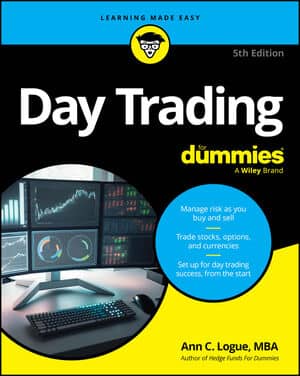Because many indicators are based on stock closing prices and closing volume, they aren’t much use during the trading day. Fortunately, a day trader can get a sense of what’s happening at any given time from sources of information that are updated while the market is open. For instance, the order book can provide indicators of order imbalance.
High-level price quote data, such as that available through NASDAQ Level II or NASDAQ TotalView, include information on who is placing orders and just how large those orders are.
The order book gives you key data because it gives you a sense of how smart the other buyers and sellers are. Are they day traders just trying not to be killed? Or are they institutions that have done a lot of research and are under a lot of performance pressure?
Sure, day traders are often very right and institutions are often very wrong, but the information you see in the order book can help you sense whether people are trading on information or on emotion.
An additional piece of information from the order book can help you figure out what’s happening in the market now — namely, the presence of an order imbalance. An order imbalance means that the number of buyers and sellers doesn’t match. This situation often occurs during the open because some traders prefer to place orders before the market opens, whereas others prefer to wait until after the open.
These imbalances tend to be small and clear up quickly. However, if a major news event takes place, or a great deal of fear exists in the market, large imbalances can occur during the trading day. These imbalances can be disruptive, and in some cases, the exchange stops trading until news is disseminated and enough new orders are placed to balance out the orders.
The order book won't show all the orders. Many brokerage firms maintain dark pools (also known as dark books or dark liquidity) for large clients or for their trading desks. Dark pools are collections of orders above or below market prices that aren’t advertised except on electronic communication networks (also known as ECNs).
Traders use this technique to help buy or sell a large block of a security without affecting the price. The order is executed only if someone matches it inadvertently rather than the market price changing to meet the changing supply and demand. The bad news for a day trader is that these trades can contribute to market volatility without giving any advance warning.

